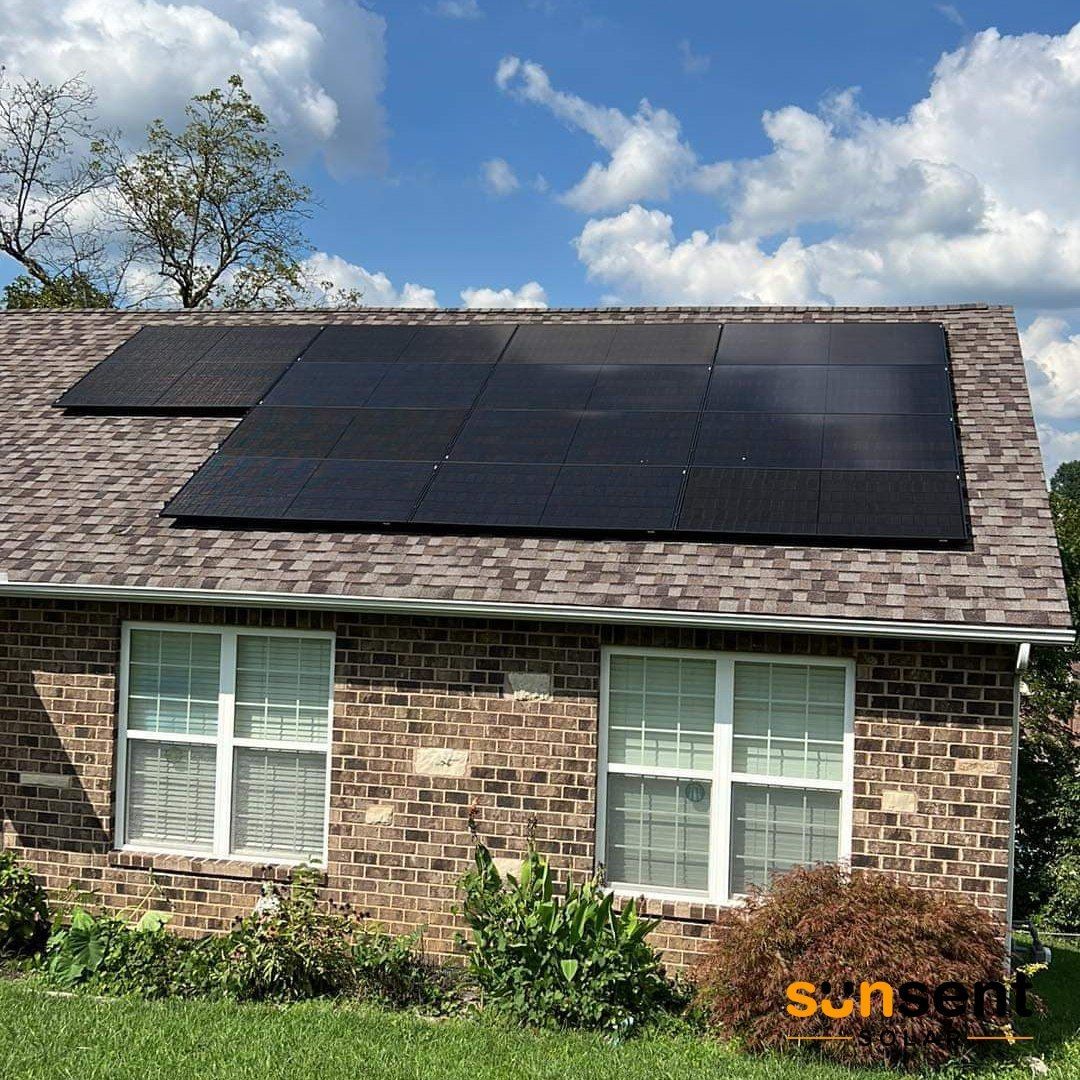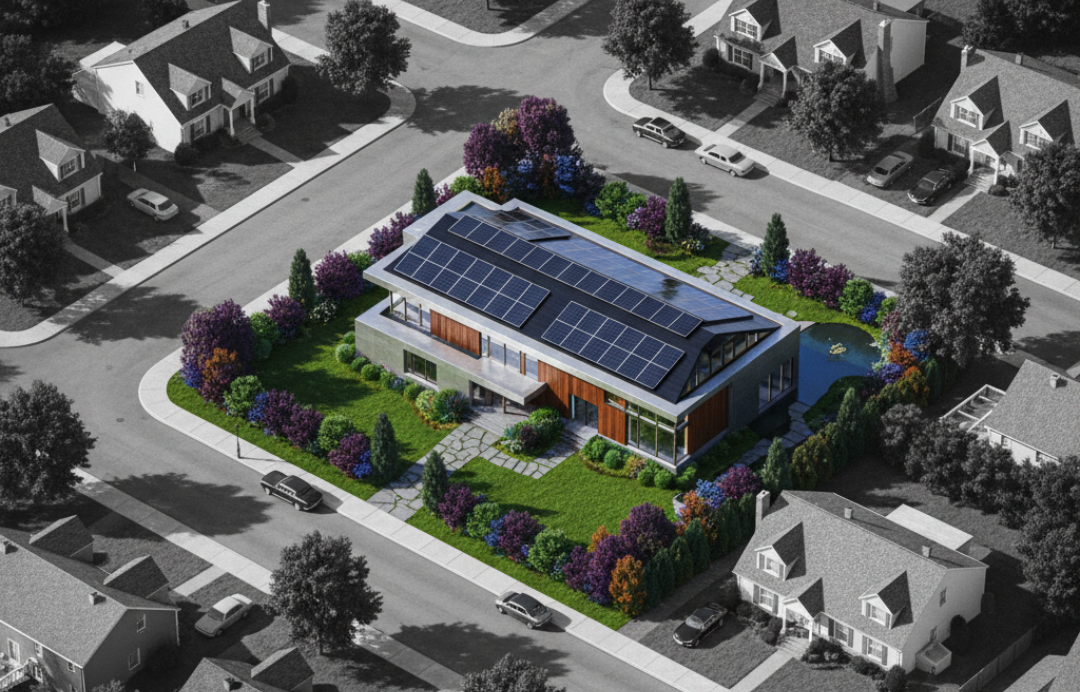The Power of Backup Batteries: Create & Store Your Own Energy
Investing in solar panels is a significant step toward reducing energy bills and promoting sustainability. However, pairing your solar system with battery storage can amplify these benefits, leading to greater savings, enhanced environmental impact, and increased energy independence. This article explores how the number of batteries integrated into your solar system—ranging from one to three—can influence these advantages.
Understanding Solar Battery Storage
Solar batteries store excess energy produced by your solar panels during peak sunlight hours. This stored energy can be used during periods of low sunlight, power outages, or peak demand times when electricity rates are higher. By utilizing stored energy, homeowners can reduce reliance on the grid, leading to potential cost savings and increased energy security.
Financial Implications: 1 vs. 2 vs. 3 Batteries
The financial benefits of solar battery storage depend on the system's capacity and the household's energy consumption patterns. Here’s a breakdown of potential savings based on the number of batteries:
Single Battery System
- Capacity: Typically, a single battery system offers around 5 to 13.5 kilowatt-hours (kWh) of storage.
- Cost: The installation cost for one battery ranges from $6,000 to $18,000, depending on the brand and capacity.
- Savings: Homeowners can save approximately $1,100 annually on electricity bills by utilizing stored solar energy during peak periods.
Two-Battery System
- Capacity: Doubling the storage to approximately 10 to 27 kWh.
- Cost: The additional battery increases the total cost to between $12,000 and $36,000.
- Savings: With increased storage, homeowners can store more excess energy, potentially leading to greater savings, especially if their energy consumption is high or if they experience frequent peak pricing periods.
Three-Battery System
- Capacity: Approximately 15 to 40.5 kWh of storage.
- Cost: Total installation costs can range from $18,000 to $54,000.
- Savings: This setup is ideal for households with high energy usage or those aiming for maximum energy independence. The substantial storage capacity allows for significant reductions in grid reliance, leading to more substantial long-term savings.
It's important to note that while adding more batteries increases storage capacity and potential savings, the upfront costs also rise. Homeowners should assess their energy needs and consult with professionals to determine the optimal number of batteries for their situation.
Environmental Benefits
Integrating battery storage with solar panels not only offers financial advantages but also contributes positively to the environment:
- Reduced Carbon Footprint: By storing and utilizing solar energy, households decrease their reliance on fossil fuels, leading to lower greenhouse gas emissions.
- Efficient Energy Use: Stored energy can be used during peak demand times, reducing strain on the grid and promoting the use of clean energy.
Energy Independence
Achieving energy independence is a significant advantage of combining solar panels with battery storage:
- Grid Resilience: Stored energy provides a backup during power outages, ensuring uninterrupted power supply.
- Control Over Energy Usage: Homeowners can manage their energy consumption more effectively, using stored energy during peak pricing periods to avoid higher costs.Blue Raven Solar
Conclusion
Integrating battery storage with your solar system enhances the benefits of solar energy, offering increased savings, environmental advantages, and greater energy independence. While the initial investment varies with the number of batteries, the long-term gains make it a worthwhile consideration for homeowners aiming to optimize their energy solutions.
Have any questions? Give us a call at 636-757-3083 or visit sunsent.com.










